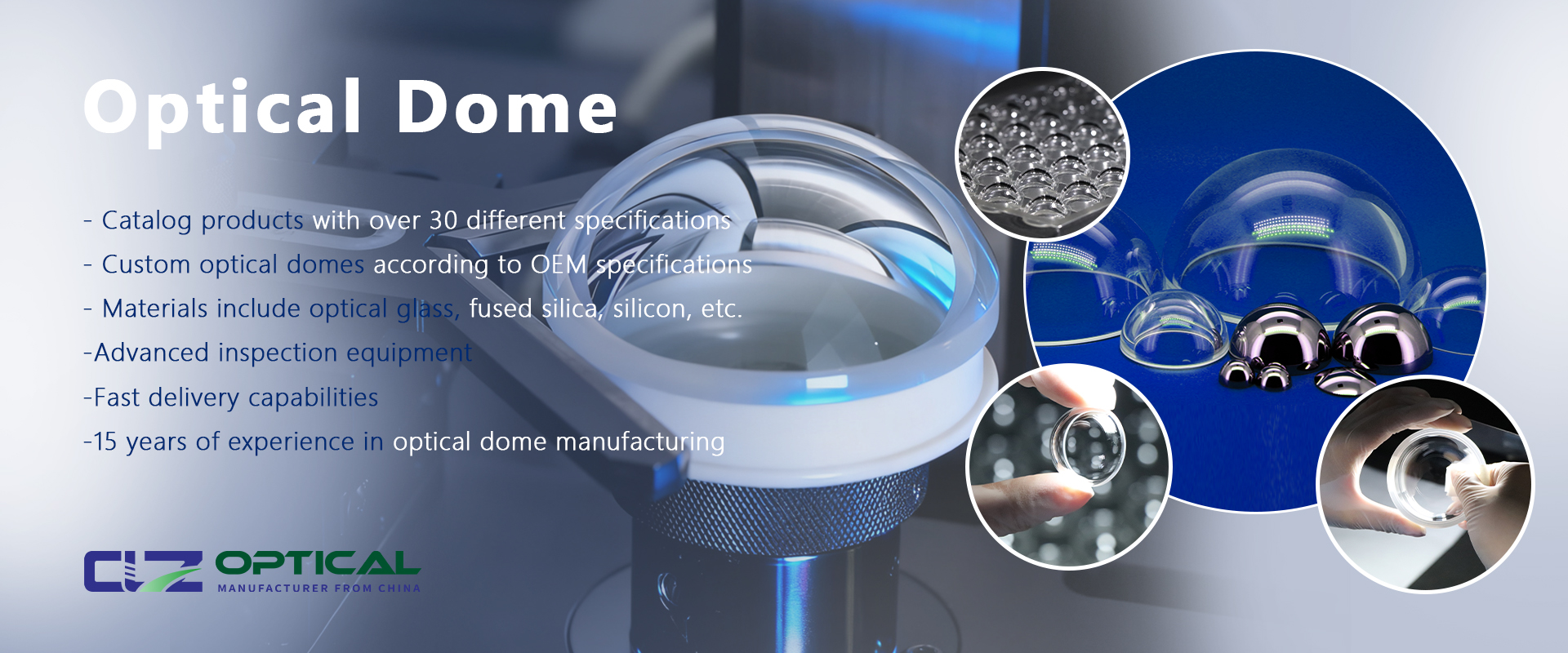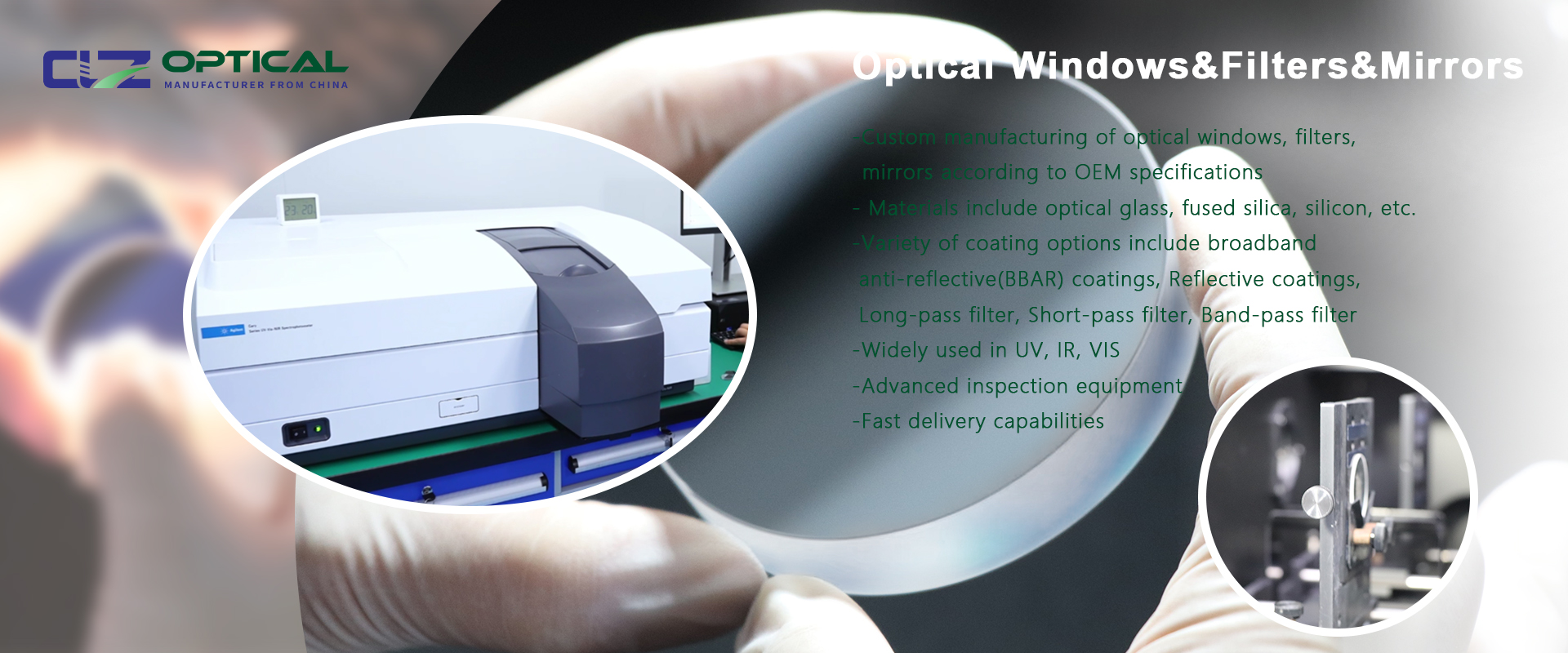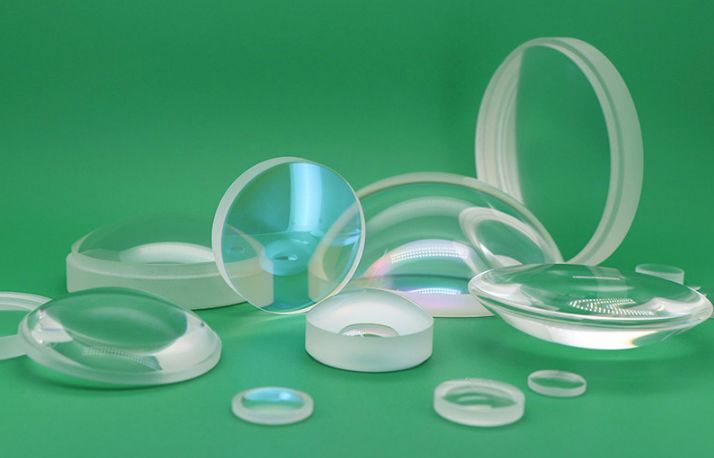Glass or Plastic: Which Type of Lens Should You Choose?
Jun. 16, 2024
Eyeglasses have a long history, dating back to the 13th century when glass-blown lenses were inserted into leather or wooden frames and worn in front of the eyes or perched on the nose.
Fortunately, today's technology offers significant advancements. We now have temples on our frames to secure glasses in place, a diverse range of optical lenses and frame styles, and lenses made from plastic materials. These plastic lenses compensate for qualities that glass lenses lack, marking a notable evolution in eyewear technology.
Glass or Plastic?
Plastic lenses, typically crafted from the durable material CR-39, also come in a variety of hi-index options, which are thinner and lighter. While many people prefer the modern plastic lenses, there are still those who favor glass. Each material boasts its own set of advantages and disadvantages, making the choice of lens material a personal preference.
To aid in your decision-making process, we've outlined the pros and cons of each type of lens below.
Should you have any inquiries, your optometrist is a valuable resource for guidance. They are well-versed in the latest optical lens options and can address your specific needs.
Glass Lenses
Despite the growing popularity of plastic lenses, some still prefer glass lenses due to the following reasons:
Clarity. Glass lenses offer the clearest vision with minimal distortion.
Scratch Resistance. Glass lenses are highly resistant to scratches, unlike plastic lenses which can scratch easily if not handled carefully.
Thin and Attractive. Glass lenses are often manufactured with a higher index, resulting in a thinner and more aesthetically pleasing appearance.
However, keep the following factors in mind before purchasing a new pair of glass lenses:
Heavier than plastic. The weight of glass lenses can get uncomfortable, especially if you plan to wear them all day. Their heaviness can also cause them to frequently slide down your face, which can become irritating over time.
Limited frame options. The weight of the glass optical lens makes them incompatible with semi-rimless and rimless frames. This can be quite limiting when choosing a frame style.
Delicacy: Glass frames, while scratch-resistant, are more delicate than plastic frames and can crack or shatter upon impact. This is crucial to consider if you lead an active lifestyle, have young children who may grab your glasses, or are selecting lenses for a child's eyewear.
Difficulty in Tinting: Adding a colored tint to glass lenses can be challenging. Due to its hard, non-absorbent nature, tint application is not recommended.
Limited Transition Options: If you're interested in transition (photochromic) lenses, note that glass lenses have limited options. They are only available in two colors: Photo Grey Extra (PGX) and Photo Brown Extra (PBX).
Plastic Lenses
Plastic lenses have gained widespread popularity in recent years for several compelling reasons:
1. Lightweight: Plastic lenses are inherently lighter and more comfortable than glass lenses. This is especially beneficial if you wear your glasses for extended periods. Their lightweight nature also helps keep them in place, reducing the need for frequent adjustments.
2. Durability: Plastic lenses are highly resistant to cracking or breaking, offering greater durability compared to glass lenses. This makes them an excellent choice for both adults and children.
3. Glare Reduction: Plastic lenses are less reflective than glass, minimizing issues with glare.
4. Wide Variety: Plastic lenses are compatible with a diverse range of frames, available in various shapes, sizes, thicknesses, and colors. This provides you with a broader selection of frames to choose from.
5. Ease of Tinting: Adding a colored tint to plastic lenses is straightforward due to their absorbent nature. They can be tinted in numerous colors and shades.
6. Transition Lens Options: Plastic lenses offer a wide range of transition (photochromic) options. Most plastic lenses can accommodate various transition lens types, providing versatility for your eyewear needs.
Plastic lenses are generally favored, but there's one potential drawback compared to glass:
Prone to Scratching: Plastic lenses are more susceptible to scratching than glass lenses, which is why some individuals opt for glass.
However, it's worth noting that advancements in technology offer a solution. Adding an anti-scratch coating to your lenses mitigates concerns about easy scratching, addressing this issue effectively.
Choosing the Right Lens for You
When choosing between glass and plastic lenses, consider your preferences and lifestyle needs. Reflect on what you prioritize in a lens and which type would best suit your daily activities. If you have any questions or uncertainties, seek guidance from your optometrist or optician. They can provide personalized advice to help you make an informed decision.






















